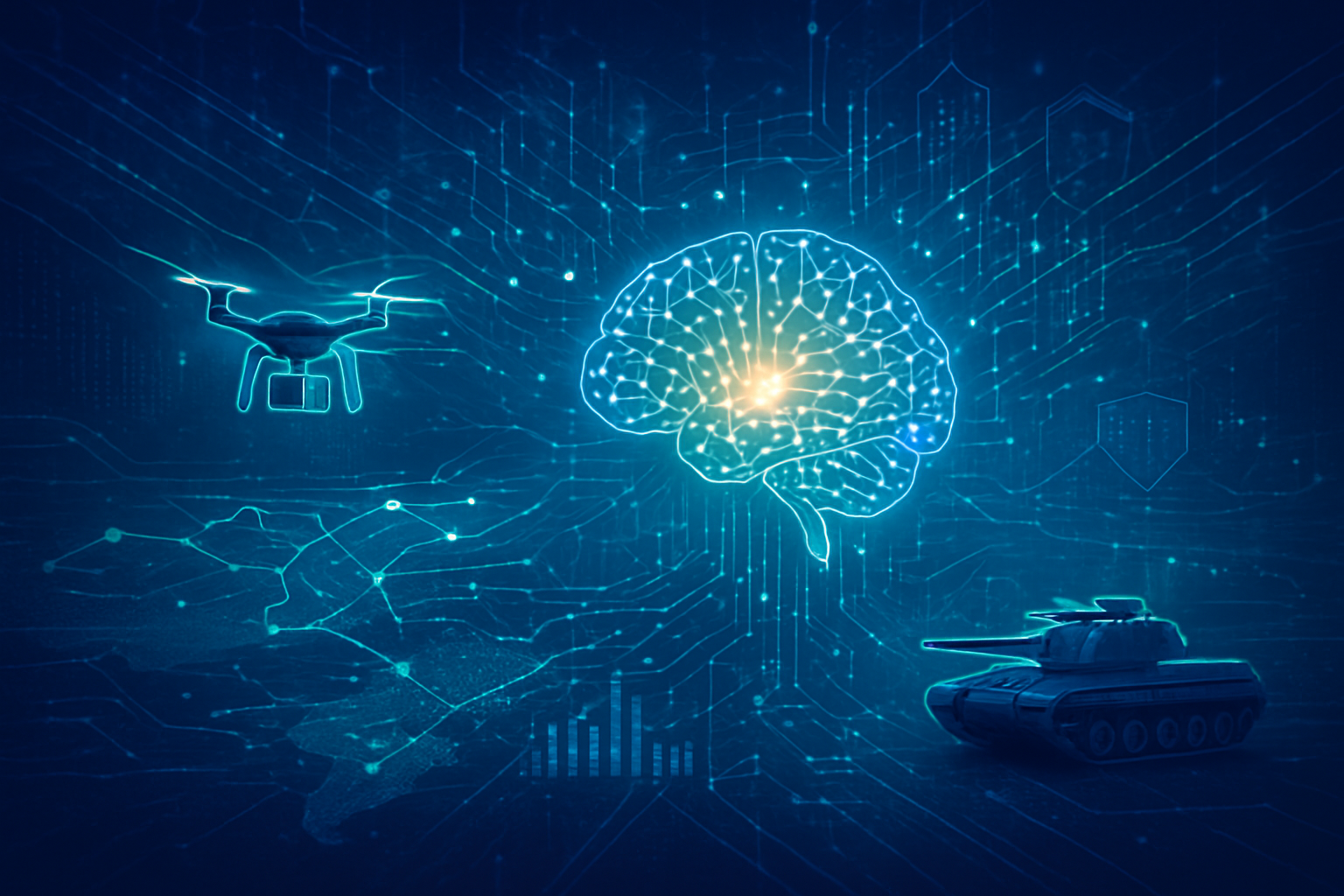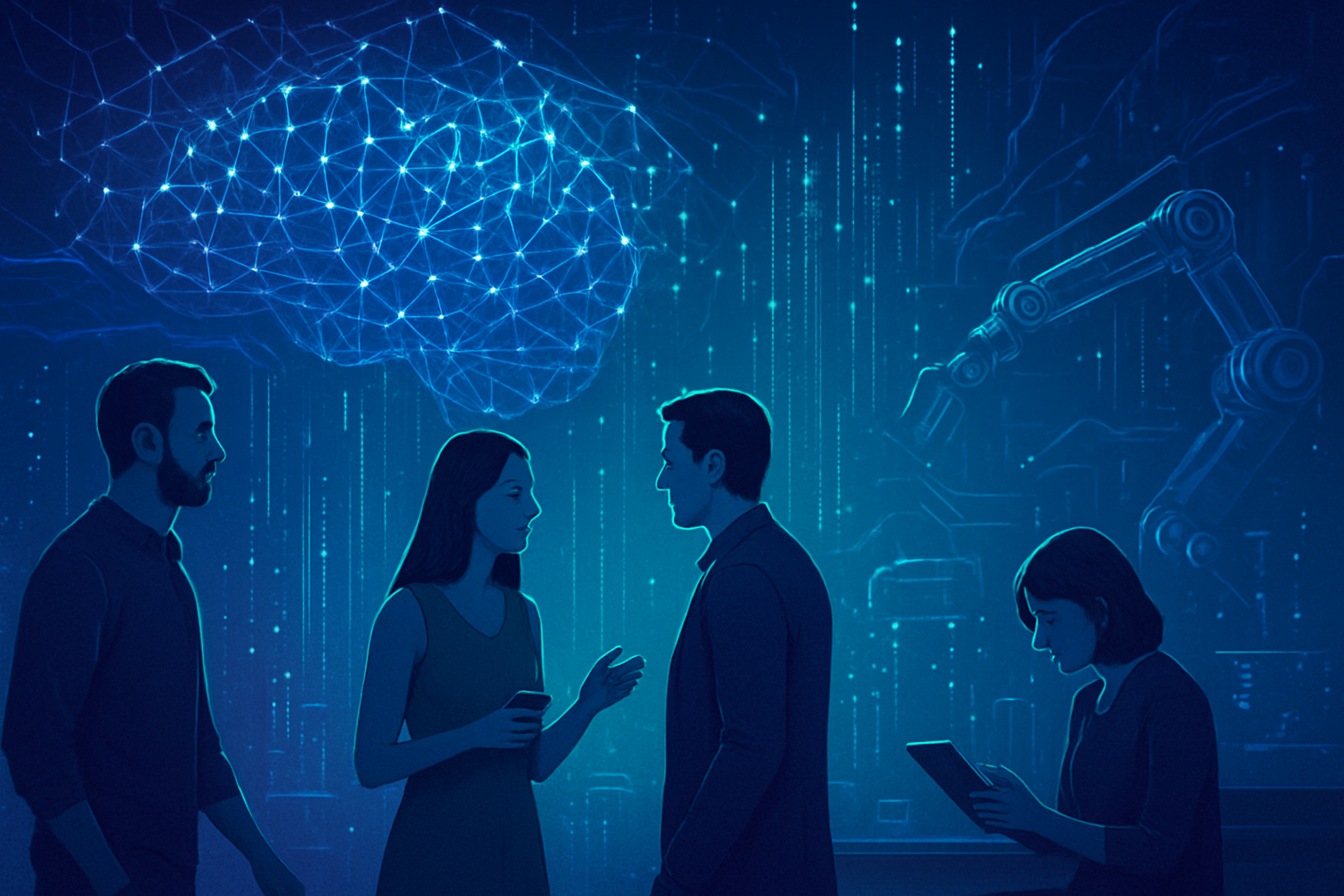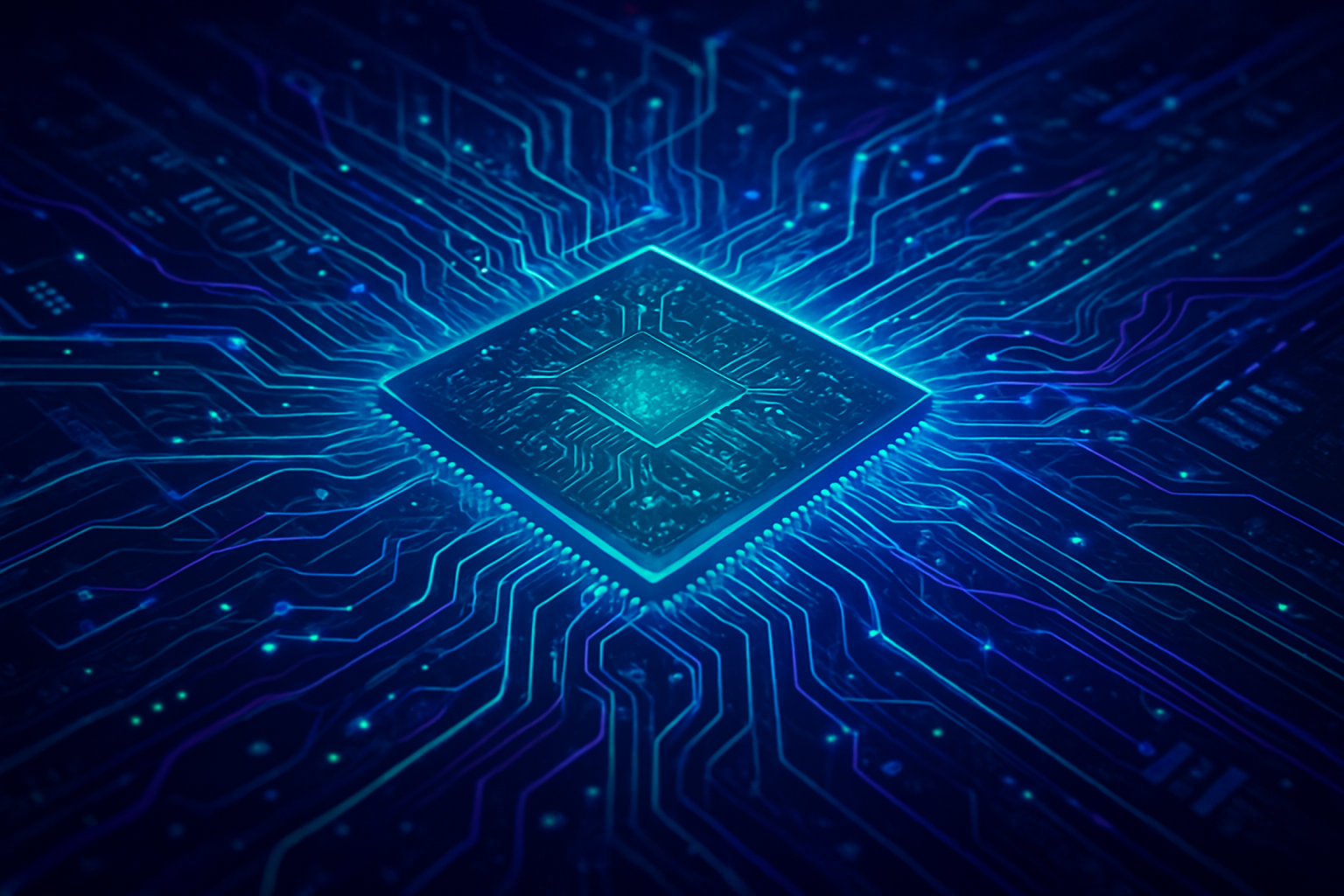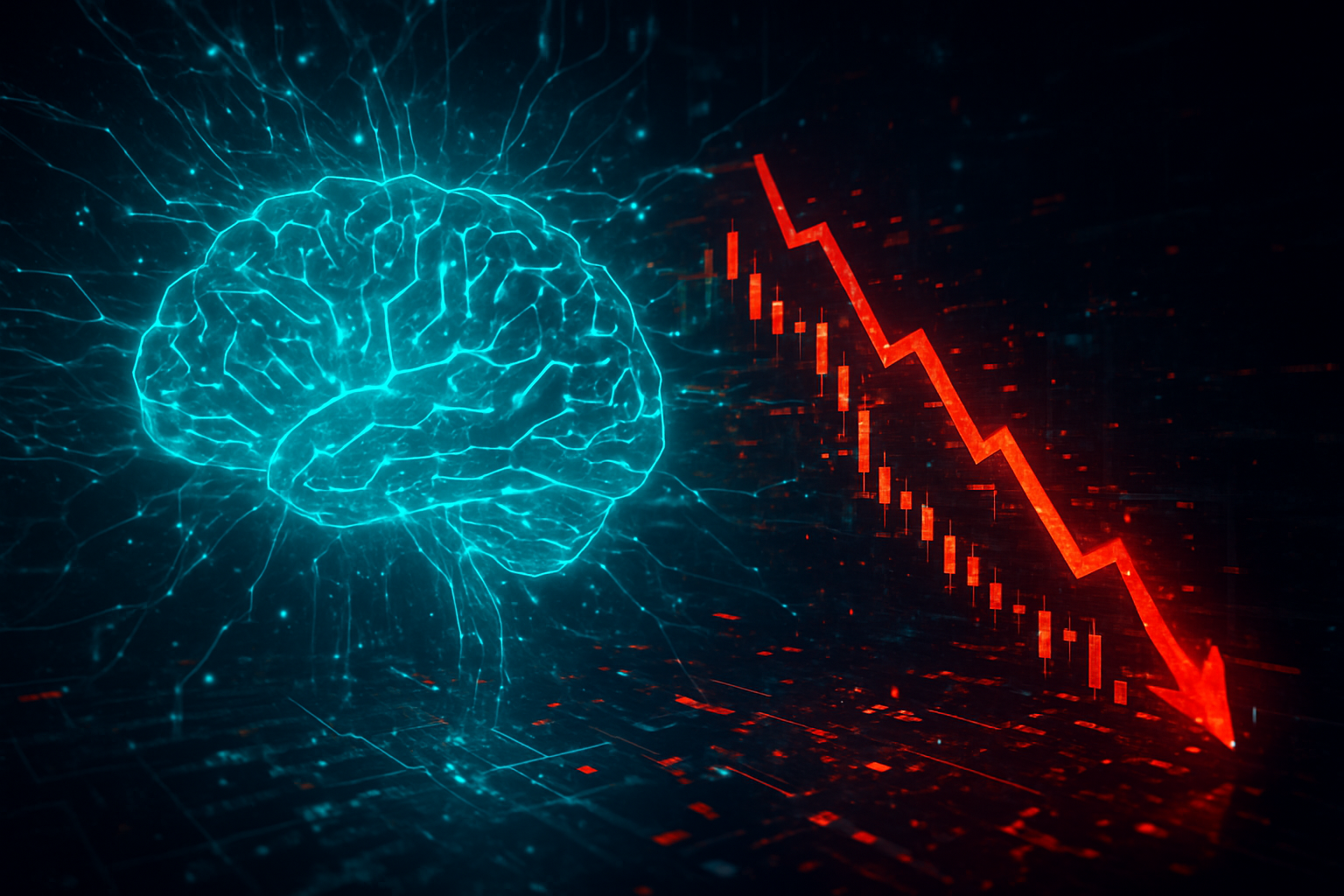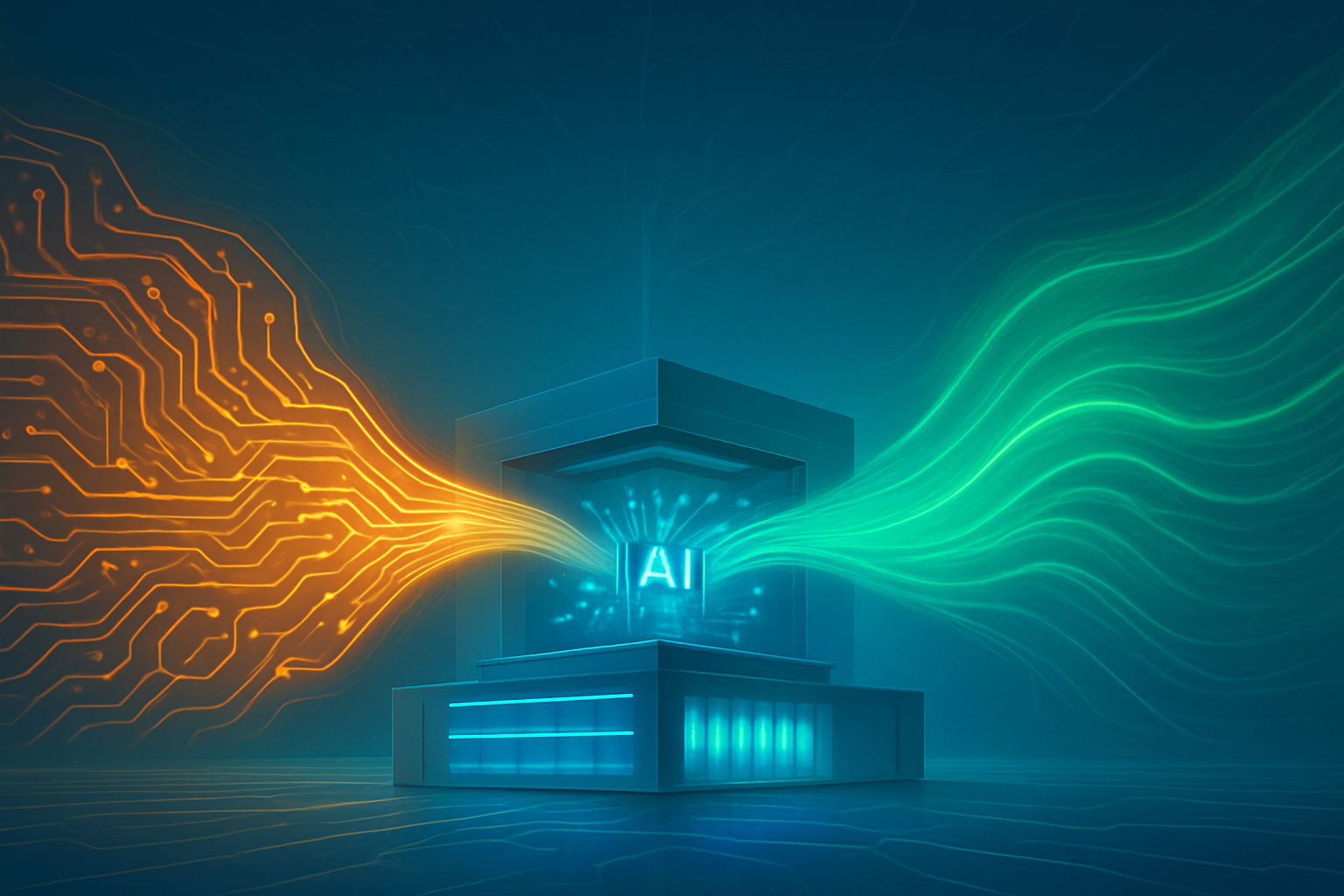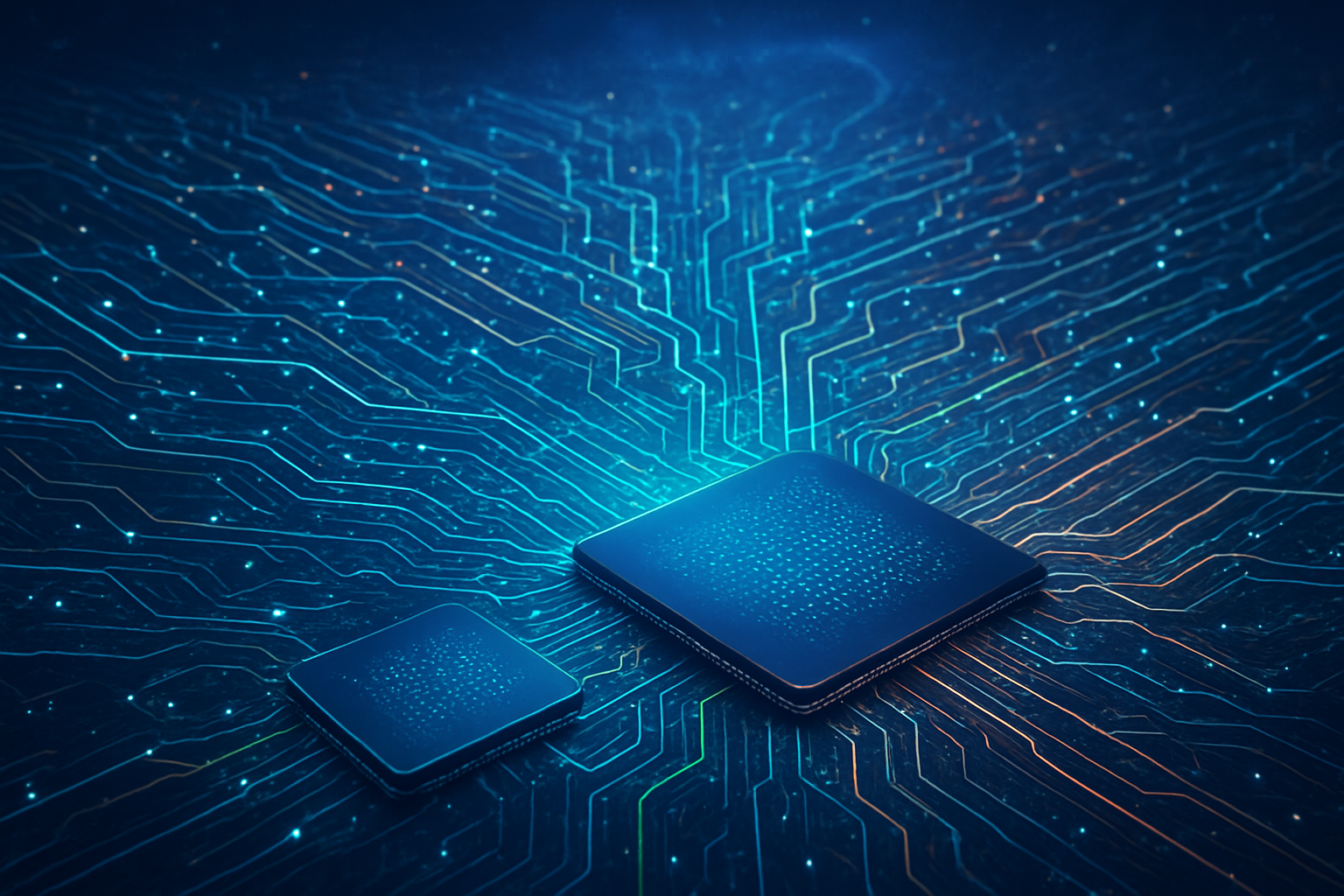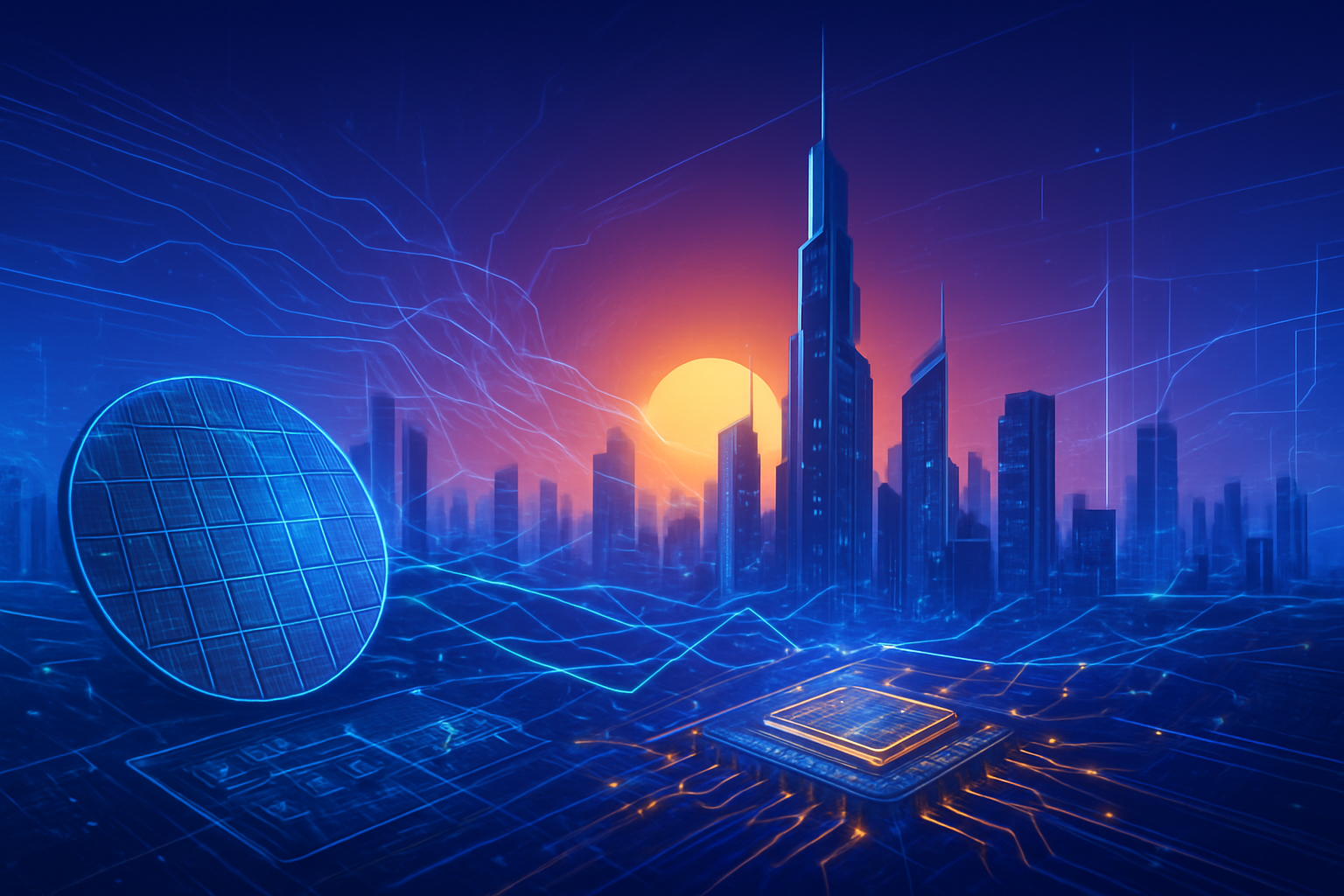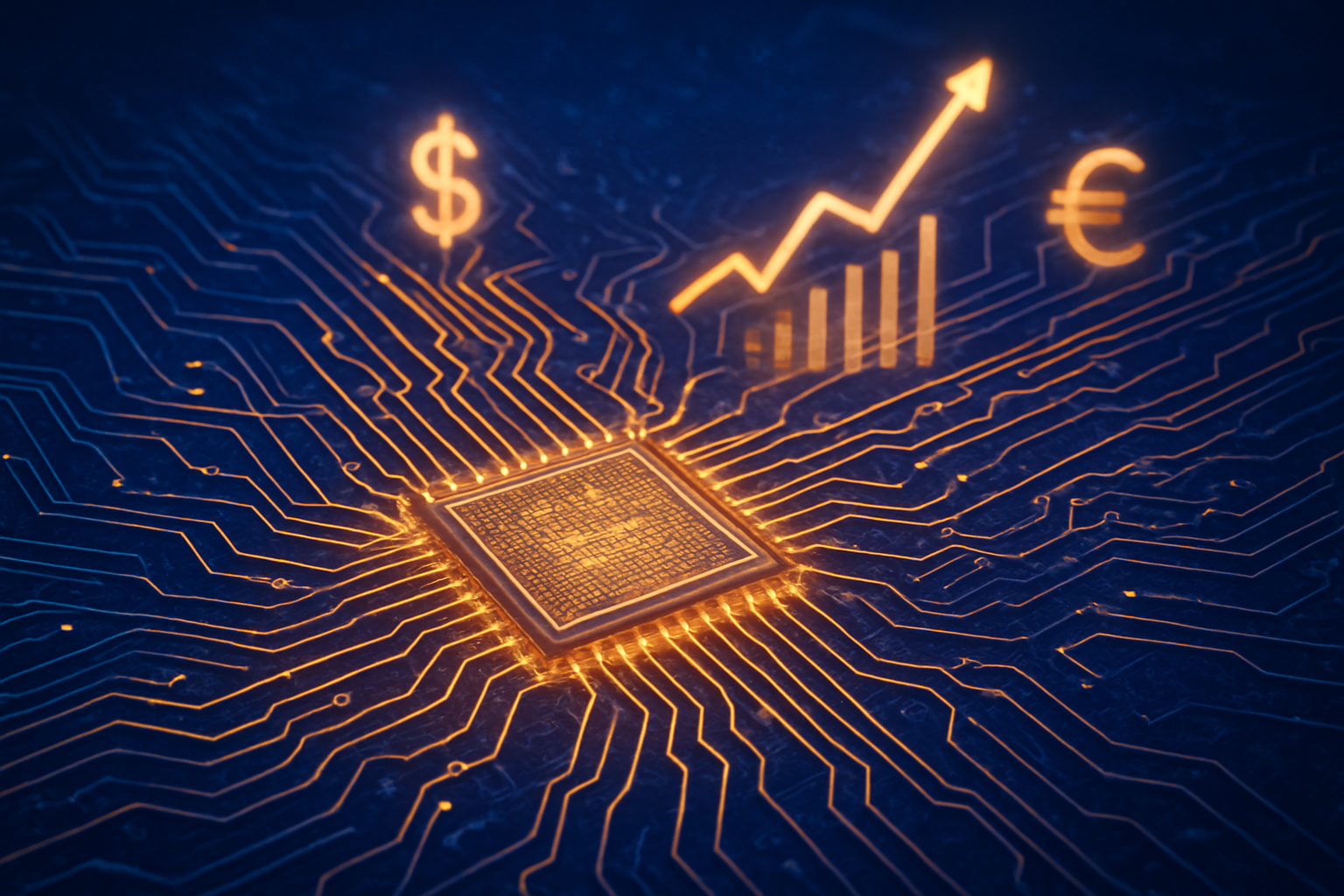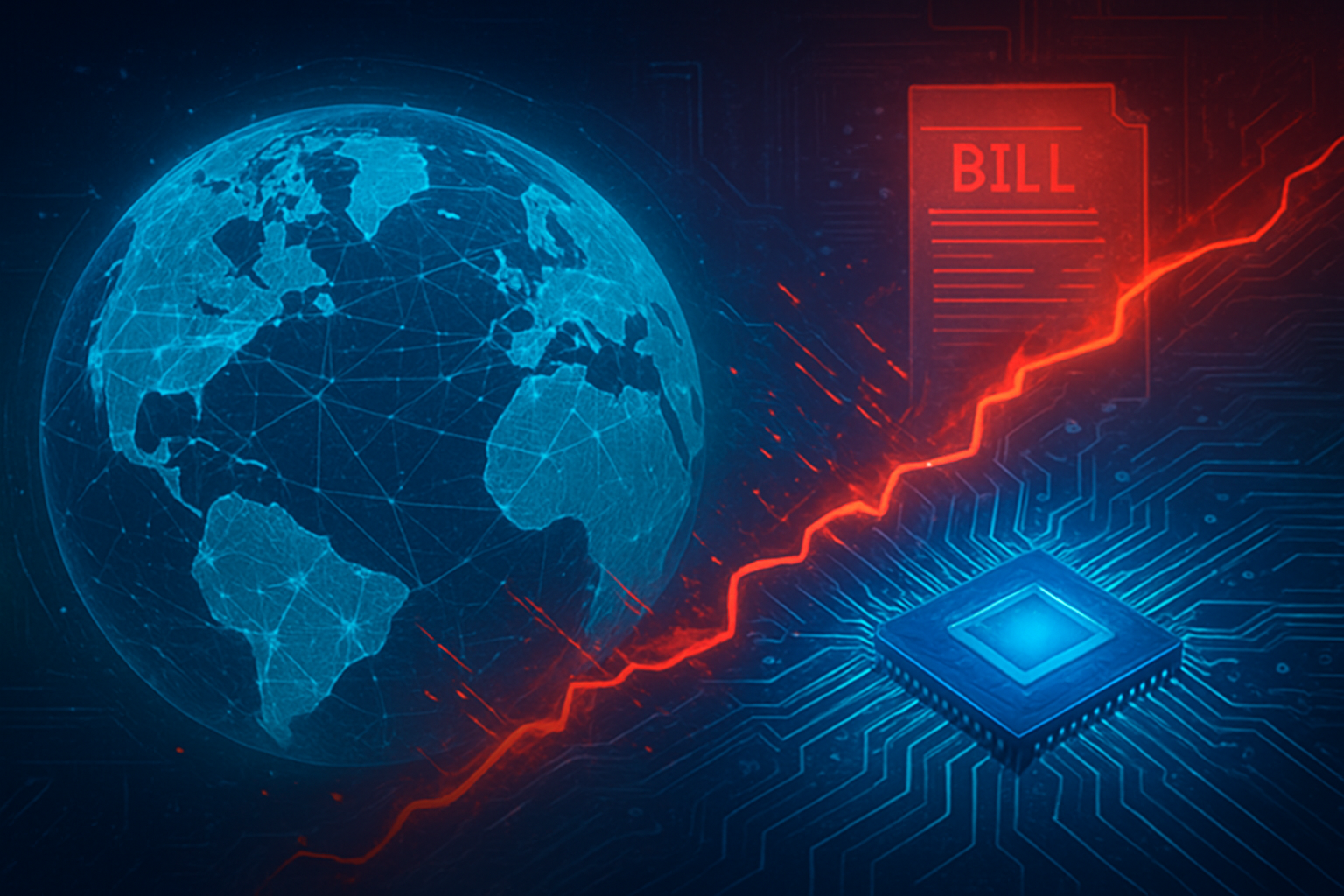The Defense Logistics Agency (DLA) is rapidly deploying Artificial Intelligence (AI) tools across its vast operations, signaling a profound shift from traditional reactive logistics to a proactive, data-driven approach. This strategic integration of AI is set to revolutionize the agency's end-to-end supply chain management, significantly enhancing global warfighter readiness and national defense capabilities. With over 55 AI models already in various stages of deployment and more than 200 use cases under exploration, DLA's initiatives underscore a critical commitment to leveraging cutting-edge technology to predict and prevent disruptions, optimize resource allocation, and ensure an uninterrupted flow of vital supplies to the U.S. military.
This aggressive push into AI is not merely an incremental upgrade but a fundamental transformation designed to bolster the resilience and efficiency of the defense supply chain in an increasingly complex global environment. The immediate significance lies in the DLA's ability to move beyond merely reacting to supply chain challenges, instead predicting potential bottlenecks, identifying unreliable suppliers, and optimizing procurement strategies before issues can impact operational readiness. This proactive stance promises substantial improvements in accountability, cost savings, and the overall reliability of logistical support for military operations worldwide.
A Deep Dive into DLA's AI-Powered Operational Overhaul
The Defense Logistics Agency's (DLA) foray into AI is multifaceted, anchored by the establishment of its AI Center of Excellence (AI CoE) in June 2024. This CoE serves as the central nervous system for AI adoption within the DLA, tasked with coordinating the safe, responsible, and effective integration of AI across all departments. Its mission extends to developing robust AI guidance, standardizing processes, and prioritizing use cases that directly align with the agency's strategic objectives, ensuring a cohesive and secure AI ecosystem.
At the heart of DLA's AI strategy is its enhanced Supply Chain Risk Management (SCRM). AI models are now instrumental in forecasting customer demand with unprecedented accuracy, identifying potential choke points in the supply chain, and flagging unreliable suppliers who might provide counterfeit, non-conforming, or overpriced items. This capability not only safeguards the integrity of military supplies but has also been leveraged to prosecute vendors jeopardizing the supply chain. Furthermore, during times of disruption, AI can swiftly recommend pre-qualified alternative suppliers, drastically reducing downtime. An AI model at DLA Aviation, for instance, is actively identifying opportunities to order higher quantities, which attracts greater supplier interest and ensures consistent availability of critical supplies, particularly for aging weapon systems.
This approach marks a significant departure from previous, often manual, and historically reactive methods of supply chain management. Traditionally, identifying risks and alternative sources was a labor-intensive process, heavily reliant on human analysis of disparate data sets. AI, in contrast, offers continuous, real-time visibility and predictive analytics across the entire supply chain, from factory to warfighter. Beyond SCRM, DLA is employing AI for more accurate demand planning, proactive material procurement, and even exploring its use in financial auditability to detect errors, glean insights, and reconcile inventory with financial records. The agency also utilizes AI for predictive maintenance, monitoring equipment conditions to ensure operational resilience. Initial reactions from within the DLA and the broader defense community have been largely positive, recognizing the potential for AI to dramatically improve efficiency, reduce costs, and enhance the readiness of military forces.
Competitive Implications and Market Shifts in the AI Defense Sector
The Defense Logistics Agency's aggressive integration of AI creates significant ripple effects across the AI industry, particularly for companies specializing in government and defense solutions. While the DLA is fostering an internal "citizen developer" environment and establishing its own AI Center of Excellence, the demand for external expertise and advanced platforms remains high. Companies that stand to benefit most include those offering enterprise-grade AI/ML platforms, secure cloud infrastructure providers, data analytics specialists, and AI consulting firms with deep expertise in supply chain optimization and defense-grade security protocols.
Major tech giants with established government contracting arms, such as Palantir Technologies (NYSE: PLTR), IBM (NYSE: IBM), and Amazon Web Services (AWS), are well-positioned to capitalize on this trend. Their existing relationships, robust infrastructure, and advanced AI capabilities make them prime candidates for supporting DLA's digital modernization efforts, particularly in areas like data integration, AI model deployment, and secure data management. Startups specializing in niche AI applications, such as predictive analytics for logistics, fraud detection, or autonomous decision-making support, could also find lucrative opportunities by partnering with larger contractors or directly offering specialized solutions to the DLA.
This development intensifies the competitive landscape, pushing AI labs and tech companies to develop more robust, explainable, and secure AI solutions tailored for critical government operations. Companies that can demonstrate verifiable performance in reducing supply chain risks, optimizing inventory, and enhancing operational efficiency under stringent security requirements will gain a strategic advantage. It also signifies a potential disruption to traditional defense contractors who may lack in-house AI expertise, compelling them to either acquire AI capabilities or form strategic alliances. The market is increasingly valuing AI solutions that offer not just technological sophistication but also demonstrable impact on mission-critical objectives, thereby redefining market positioning for many players in the defense tech sector.
AI's Broader Significance in the Defense Landscape
The DLA's extensive AI integration efforts are not isolated but rather a significant indicator of a broader, accelerating trend across the global defense and government sectors. This initiative firmly places the DLA at the forefront of leveraging AI for strategic advantage, demonstrating how intelligent automation can transform complex logistical challenges into predictable, manageable operations. It underscores the growing recognition that AI is no longer a futuristic concept but a vital operational tool essential for maintaining strategic superiority and national security in the 21st century. This move aligns with global defense trends where nations are investing heavily in AI for intelligence, surveillance, reconnaissance (ISR), autonomous systems, cybersecurity, and predictive logistics.
The impacts are profound, extending beyond mere efficiency gains. By bolstering supply chain resilience, AI directly contributes to national security by ensuring that military forces have uninterrupted access to critical resources, even in contested environments. This proactive approach minimizes vulnerabilities to adversarial actions, natural disasters, or global pandemics, which have historically exposed weaknesses in global supply chains. However, this widespread adoption also brings forth critical concerns, particularly regarding ethical AI development, data privacy, algorithmic bias, and the cybersecurity of AI systems. Ensuring that AI models are transparent, fair, and secure is paramount, especially when dealing with sensitive defense information and mission-critical decisions. The potential for AI to be exploited by adversaries, or for unintended consequences arising from complex algorithms, necessitates rigorous oversight and continuous evaluation.
Comparisons to previous AI milestones, such as the initial integration of AI into intelligence analysis or early autonomous drone programs, highlight the maturity of current AI applications. What sets DLA's efforts apart is the scale and depth of integration into fundamental, end-to-end operational processes, moving beyond specific applications to systemic transformation. It represents a shift from using AI as a supplementary tool to embedding it as a core component of organizational strategy, setting a precedent for other government agencies and international defense organizations to follow suit in building truly intelligent, resilient operational frameworks.
The Horizon: Future Developments and Challenges for AI in Defense Logistics
The DLA's journey into AI integration is just beginning, with significant near-term and long-term developments anticipated. In the near term, we can expect to see the further maturation and expansion of existing AI models, particularly in predictive maintenance, advanced demand forecasting, and sophisticated supplier risk assessment. The DLA's "citizen developer" program is likely to empower an even larger segment of its 24,000-strong workforce, leading to a proliferation of employee-generated AI solutions tailored to specific, localized challenges. This will foster a culture of innovation and data fluency throughout the agency.
Looking further ahead, the DLA aims to achieve a truly unified AI ecosystem, streamlining its nine disparate supply chain systems into a common digital thread. This ambitious goal will provide unprecedented end-to-end visibility from the factory floor to the warfighter, enabling hyper-optimized logistics and real-time decision-making. Potential applications on the horizon include the use of generative AI for scenario planning, simulating various disruptions and evaluating optimal response strategies, and leveraging advanced robotics integrated with AI for automated warehousing and distribution. Furthermore, AI could play a crucial role in optimizing the entire lifecycle management of defense assets, from procurement to disposal, ensuring maximum efficiency and cost-effectiveness.
However, several challenges need to be addressed for these future developments to materialize successfully. Data quality and interoperability across legacy systems remain a significant hurdle, requiring substantial investment in data modernization and standardization. The ethical implications of AI, including accountability in autonomous decision-making and preventing algorithmic bias, will require continuous scrutiny and the development of robust governance frameworks. Cybersecurity threats to AI systems, particularly in a defense context, demand constant vigilance and advanced protective measures. Experts predict that the DLA, and indeed the broader Department of Defense, will increasingly prioritize explainable AI (XAI) to build trust and ensure human oversight in critical applications. The ongoing talent war for AI specialists will also be a persistent challenge, requiring innovative recruitment and training strategies to maintain a skilled workforce capable of developing, deploying, and managing these advanced systems.
A New Chapter in AI-Powered Defense
The Defense Logistics Agency's comprehensive integration of Artificial Intelligence marks a pivotal moment in the history of defense logistics and the broader application of AI in government operations. The key takeaways from this transformative initiative highlight a fundamental shift from reactive problem-solving to proactive, predictive management across the entire supply chain. By establishing an AI Center of Excellence, empowering a "citizen developer" workforce, and deploying AI models for everything from supply chain risk management to predictive maintenance, the DLA is setting a new standard for operational efficiency, resilience, and warfighter support.
This development's significance in AI history cannot be overstated. It showcases a large-scale, enterprise-wide adoption of AI within a critical government agency, moving beyond experimental pilot programs to ingrained operational practice. It serves as a compelling blueprint for how other government entities and large organizations can effectively leverage AI to tackle complex logistical and operational challenges. The long-term impact will likely be a more agile, secure, and cost-effective defense supply chain, capable of adapting to unforeseen global events and maintaining strategic superiority.
As we move forward, the coming weeks and months will be crucial for observing the continued scaling of DLA's AI initiatives, the emergence of new use cases, and how the agency addresses the inherent challenges of ethical AI, data security, and talent development. The DLA's journey is a testament to the power of AI to redefine the capabilities of defense and government, ushering in an era where intelligent systems are not just tools, but integral partners in ensuring national security and operational excellence.
This content is intended for informational purposes only and represents analysis of current AI developments.
TokenRing AI delivers enterprise-grade solutions for multi-agent AI workflow orchestration, AI-powered development tools, and seamless remote collaboration platforms.
For more information, visit https://www.tokenring.ai/.
